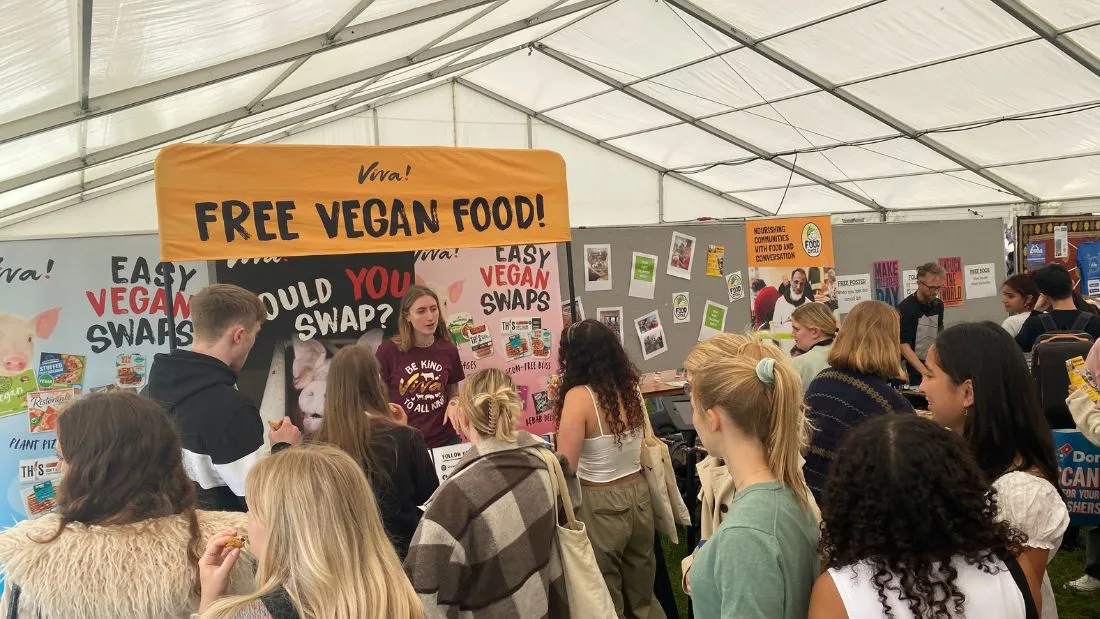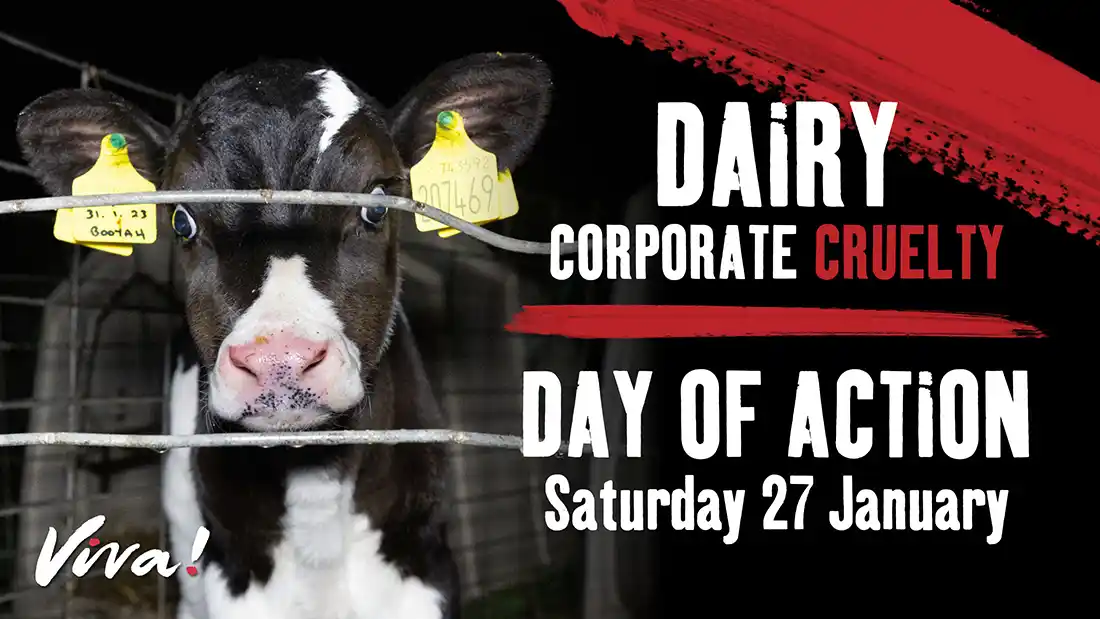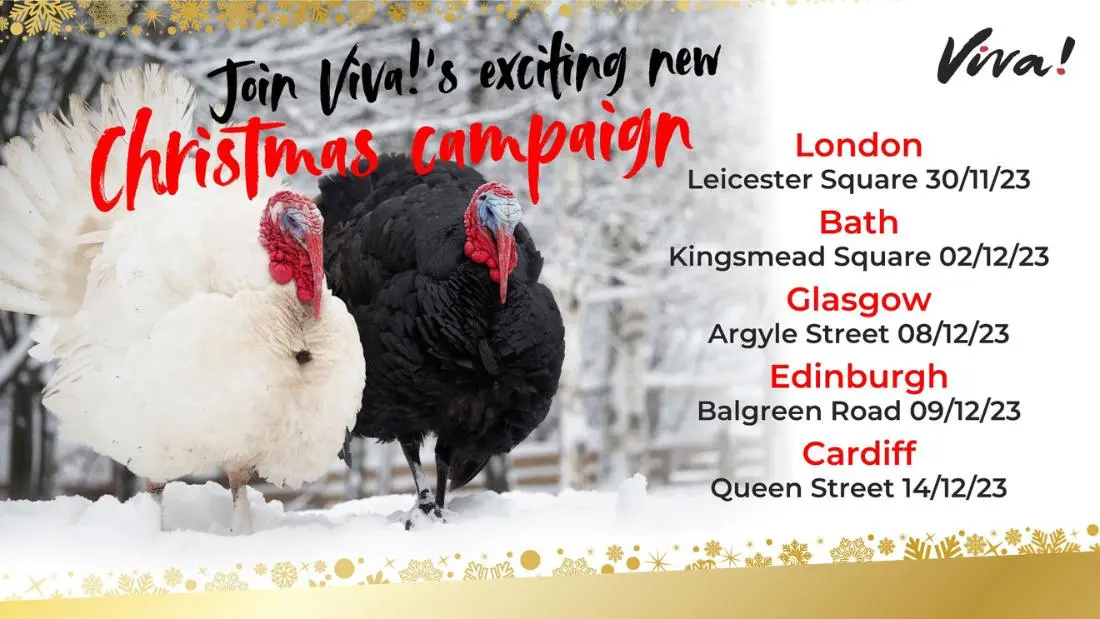Environmental soya myths
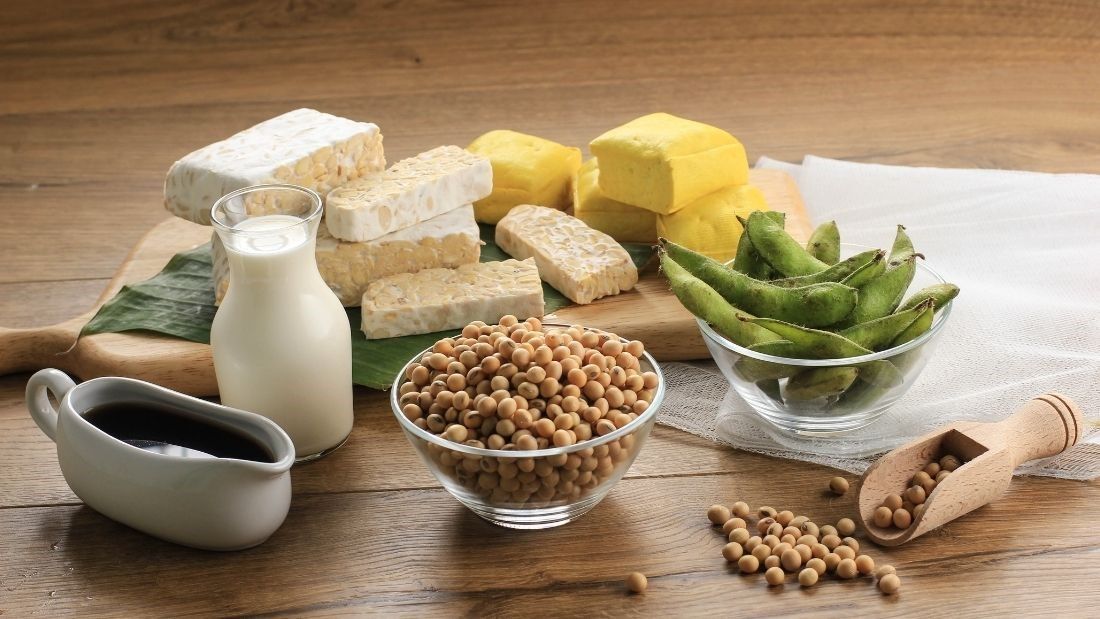
One of the most common misconceptions about soya is that soya-eating vegans are responsible for the destruction of rainforests. This couldn’t be further from the truth.
In a nutshell:
- Soya-eating vegans aren’t to blame for deforestation – rainforests are being destroyed to make more room for cattle farming and to grow soya for animal feed. If you want to save the rainforests, eat less meat and dairy.
- 80 per cent of the world’s soya is fed to livestock. Other uses include soya oil, biofuels, lubricants and biodiesel.
- Just seven per cent is used in human foods such as tofu, soya milk, edamame beans and tempeh.
- Most UK-based soya milk producers use soya beans grown in Europe.
- All plant milks, including soya, have a lower carbon footprint than cow’s milk.
- Soya beans, tofu, edamame and tempeh all have a much lower impact on the environment than meat, fish, cheese and eggs.
- The entire carbon footprint of a meal made with tofu may be 10 times lower than one made with British beef (see below). The difference is even bigger with imported beef.
Comparing the carbon footprint of foods
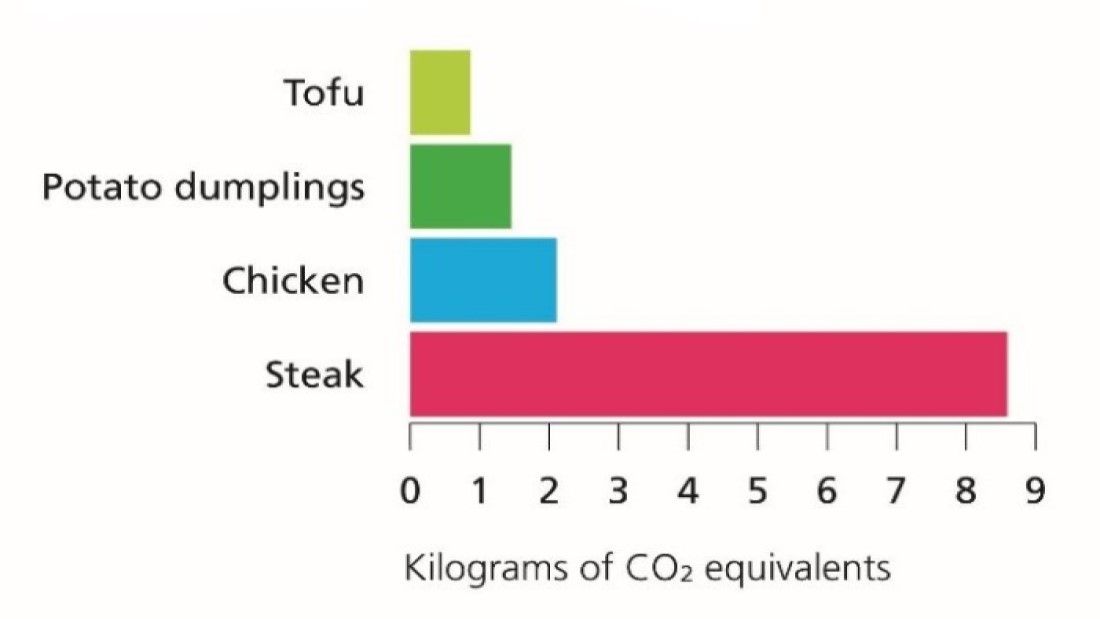
Source: BBC Horizon, Feast to Save the Planet, 2021.
- Farmers’ claims about grass-fed beef and lamb being more environmentally friendly than soya are not supported by the facts. Grass-fed cows and sheep still produce large amounts of methane – a potent greenhouse gas – and consume large amounts of grass, taking up huge amounts of land.
- Next time someone blames vegans for deforestation let them know – most deforestation is driven by expanding pastures for beef, or soya to feed poultry and pigs.
- Bottom line: Going vegan is an effective way to make a difference.
Read the full story:
It amazes me when journalists, farmers or anyone for that matter, voices concern about the environment in one breath and then blames soya-eating vegans in the next. It reveals a complete lack of understanding about what is driving deforestation in the Amazon and doesn’t bode well for combatting the climate crisis. The myth that it is people eating soya that is bad for the environment persists…
In 2020, an episode of Horizon called Feast to Save the Planet challenged five celebrities to choose the meal from a three-course menu that would have the lowest carbon footprint. For mains, the choices were steak, chicken, potato dumplings or miso grilled tofu. The discussion went…
“Well we know how bad soya is…”
“Tofu has definitely got some problems…”
“Yes, with the farming, but it’s delicious”
“It was delicious, worth all the carbon…”
The programme later revealed that the carbon footprint of the miso grilled tofu dish with rice and lentils was 0.86 kilograms of CO2 equivalents compared to 8.53 for the British-grown steak with parsley butter and chips (ten times higher – but it would have been even higher had it been imported beef. The carbon footprint of chicken with fried egg and pumpkin was 2.09 and potato dumplings with mushrooms and pumpkin seeds was 1.44. And there it was – the soya myth crashed and burned.
Yet it persists. Just last month, livestock farmer and Countryfile presenter Adam Henson said in the Daily Mail: “’But what we discuss around the kitchen table is choosing the right products. So, if you’re drinking soya milk, that might have come from South America and caused deforestation, the destruction of species, the displacement of indigenous people. You’re better off drinking milk from a local dairy farm that’s been bottled there and delivered to your doorstep, where cows are wonderfully looked after and the family contribute to the local society and economy.”
This is nonsense and Mr Henson probably knows it! People drinking soya milk has nothing to do with deforestation. Even the most basic online search asking “what are most soya beans used for?” will reveal that “80% of the world’s soybean crop is fed to livestock.” You’ll find roughly the same figure quoted from many sources and the figure is even higher for Europe with around 90 per cent of all imported soya being used in animal feed. Other uses include soya oil, biofuels, lubricants and other industrial processes and biodiesel.
Our World in Data, a leading organisation from the University of Oxford publishing global data and research, says: “Just 7% of soy is used directly for human food products such as tofu, soy milk, edamame beans, and tempeh. The idea that foods often promoted as substitutes for meat and dairy – such as tofu and soy milk – are driving deforestation is a common misconception.”
Most soya milk producers in the UK use soya beans grown in Europe. Alpro, for example, do not use soya from South America. It’s worth highlighting that many soya product manufacturers proudly declare where their soya comes from. You may be surprised that most soya products available in Europe are actually made from Europe-grown soya!
Since most deforestation is driven by expanding pastures for beef, or soya to feed livestock (mainly poultry and pigs), reducing meat consumption is an effective way to make a difference to your carbon footprint.
Mr Henson would no doubt say that his cows are not fed soya and spend their time merrily grazing on pastures green. Soya milk, however, is still more carbon efficient than cow’s milk from grass-fed cows which still belch methane. In fact, all plant milks have a lower impact than cow’s milk (see the table below).
Cow’s milk has a higher environmental impact than plant milks
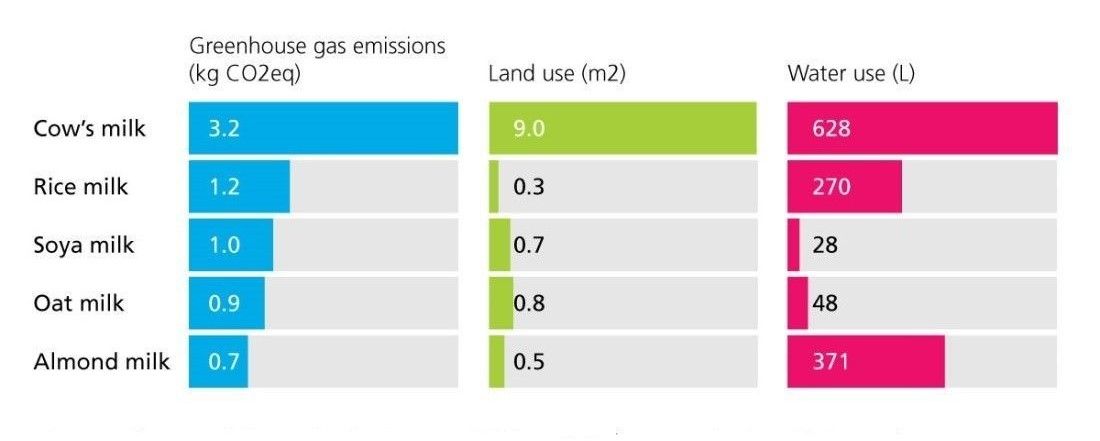
Source: Poore and Nemecek, 2018.
Next time someone blames vegans for deforestation in the Amazon let them know – it’s nothing to do with vegans. If you want to save the rainforests, eat less meat and dairy.

